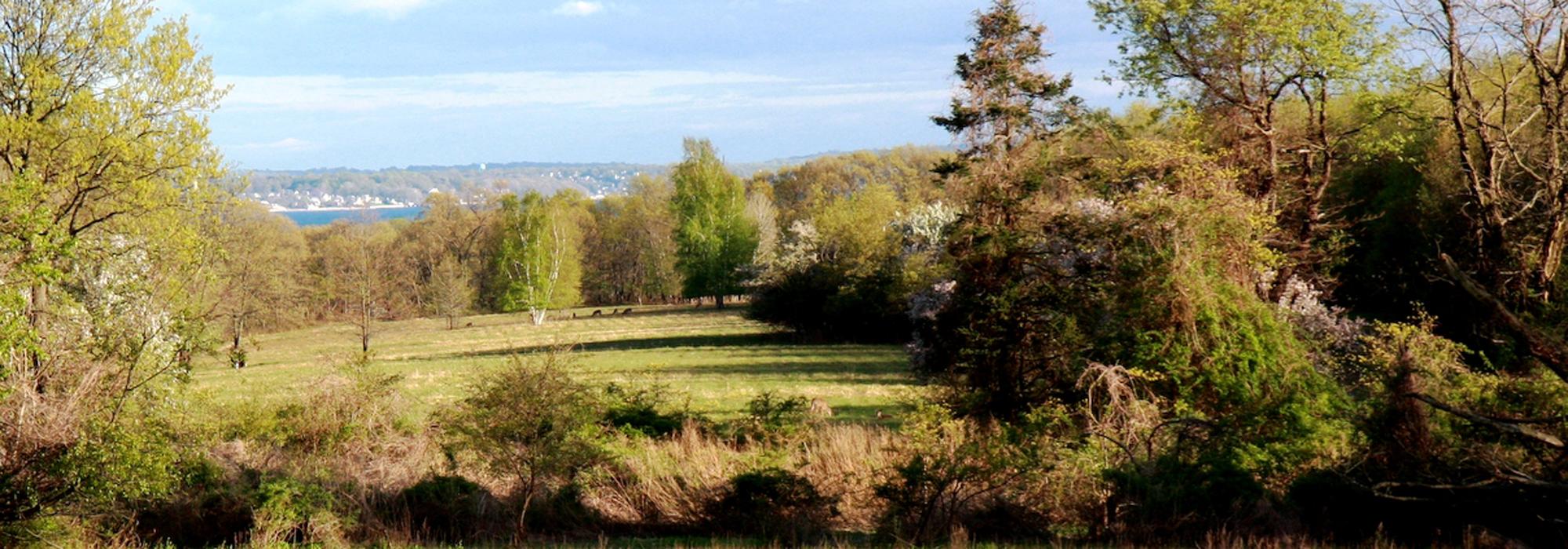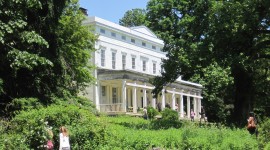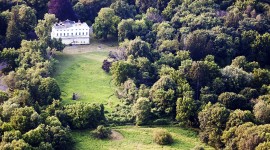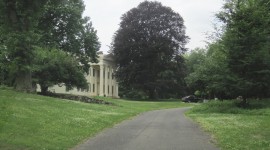Public-Private Partnership Brings New Hope to the Jay Estate
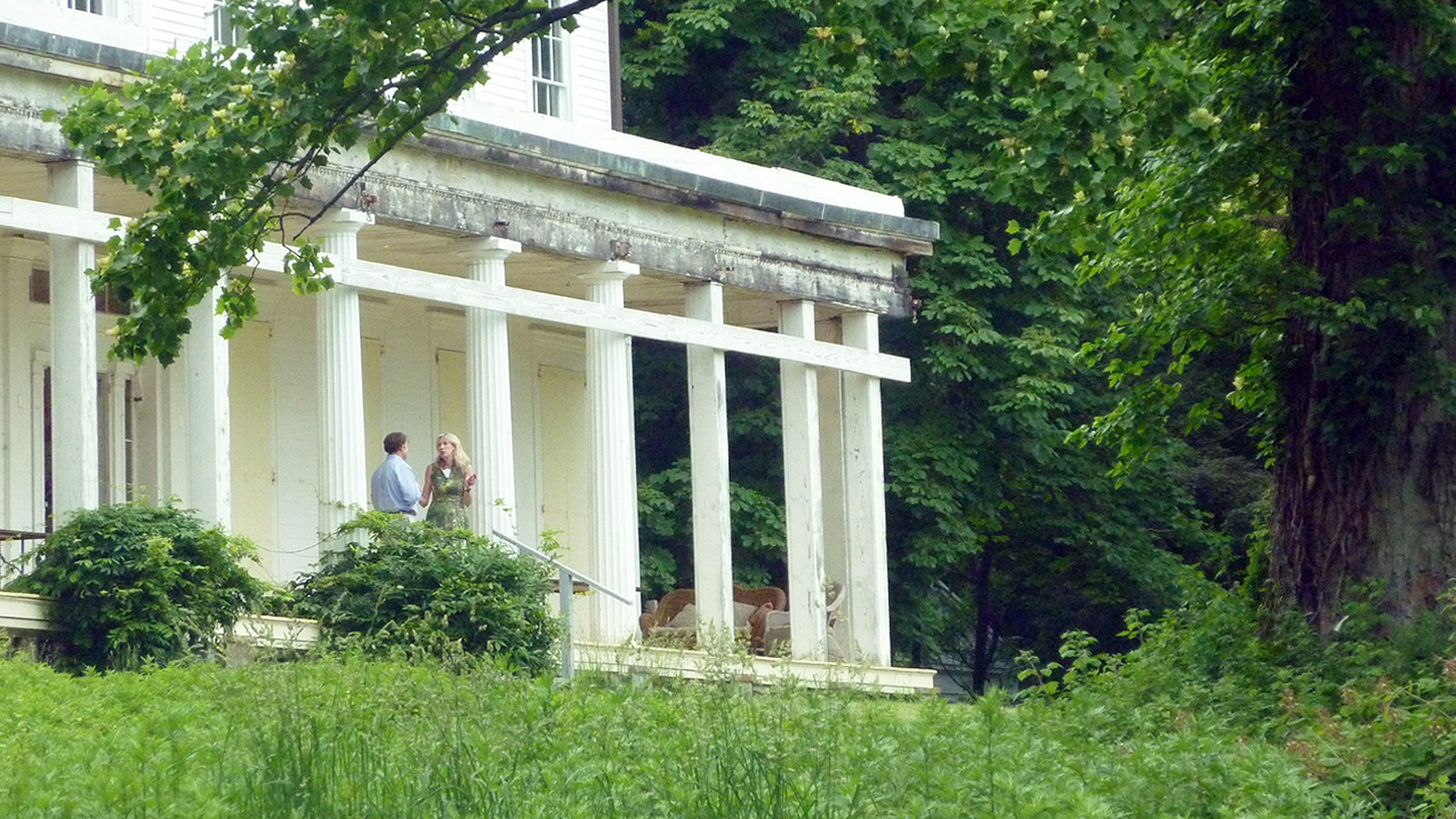
The future of the Jay Estate has improved considerably due to a newly announced public-private partnership that will be responsible for the restoration and long-term management of the landmark property. This is a stark contrast from two years earlier when TCLF became the first national organization to recognize the site’s precarious state and listed it on Landslide.
In May 2010, the Jay Heritage Center filed a Notice of Claim against Westchester County demanding the County redress extensive damage to the site over a nearly two decade period. This followed numerous appeals by the JHC and its supporters, including descendants of John Jay, to halt destructive management and maintenance practices, including the dumping of contaminants and debris. In particular, the dumping, which violated the County’s own regulations, had created a significant public nuisance. Through the leadership and perseverance of the Jay Heritage Center board and its director Suzanne Clary, the situation today is markedly improved.
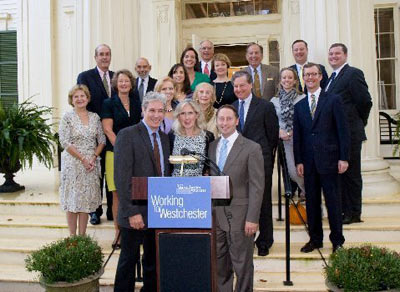
October 2012 Press Conference announcing the partnershipIn a news conference at the historic site, Westchester County Executive Robert P. Astorino outlined details of a new license agreement that will, according to a press release, “transfer oversight for the upkeep of the property and investment in significant capital infrastructure to the Jay Heritage Center, which will raise funds as a private 501 (c)3 and also apply for grants. Tax deductible donations from individuals and corporations will be accepted to help restore the historic meadow, the gardens, the apple orchards and rehabilitate historic structures for public educational uses as lecture halls, classical music spaces and art galleries.” Astorino was joined by Rye City Mayor Doug French and Suzanne Clary, President of the Jay Heritage Center, as well as New York State Parks Deputy Commissioner Tom Alworth to announce the agreement, which must be approved by the county’s Parks Board, the Board of Acquisition and Contract, and the State Comptroller’s Office.
Jay Heritage Center President Suzanne Clary, who is also a TCLF Board Member, said: “This is an unparalleled opportunity for us to restore one of America’s greatest landscapes and open it to the public at a time when families are looking for places of beauty and history to inform and inspire their daily lives.”
Deputy Commissioner Alworth noted, “Partnership agreements such as this one have been highly successful in enhancing the quality of parks and historic sites for the visiting public. The Jay Heritage Center has done an impressive job restoring the historic house, and I’m confident they will continue their excellent stewardship of the site. This public-private partnership will ensure the John Jay property remains a valued recreational and cultural resource for Westchester residents and visitors alike.”
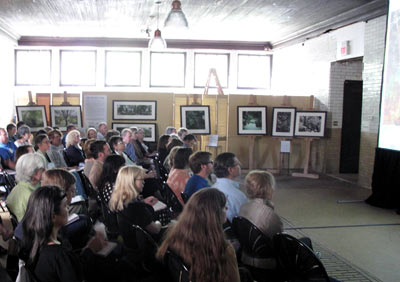
Bridging the Nature-Culture Divide Conference, June 2011The Jay property is located adjacent to the county’s Marshlands Conservancy. The county and the state jointly own 21.5 acres of the site; the Jay Heritage Center owns the other 1.5-acre parcel, which contains the 1838 Jay House, built by Jay’s son on the site where his father grew up. The most prominent feature of this landscape is an expansive, ¾-mile long meadow with views to Long Island Sound - this is believed to be the oldest man-managed meadow on record in New York State. A “let nature takes its course” management philosophy led to the meadow becoming overgrown with invasive plants. To address the condition of the estate and adjacent meadow, in June 2011 the Jay estate hosted TCLF’s first Bridging the Nature-Culture Divide conference that addressed the joint stewardship of the Jay site and the adjacent Marshlands Conservancy.
In an email on October 11, Clary said: "Our vision for the Jay landscape was informed by many experts and advocates. Foremost among these was The Cultural Landscape Foundation which helped us articulate the challenge of bridging a seemingly inflexible nature-culture divide and then brought in no less than six authorities to weigh in on a sustainable trajectory. Their insight and expertise will continue to guide us moving forward."
The Jay Property was designated a National Historic Landmark in 1993 as part of the Boston Post Road Historic District. It was also named to the Westchester County African American Heritage Trail in 2004. Most recently in 2009, it became 1 of only 100 Congressionally funded sites in the Hudson River Valley National Heritage Area based on the importance of its architecture, its landscape and themes of freedom and dignity that its 10,000-year-old history embodies.
TCLF congratulates Suzanne Clary, the board of the Jay Heritage Center along with Westchester County Executive Robert P. Astorino and the many other officials who put together a model example for management of an important cultural landscape.



